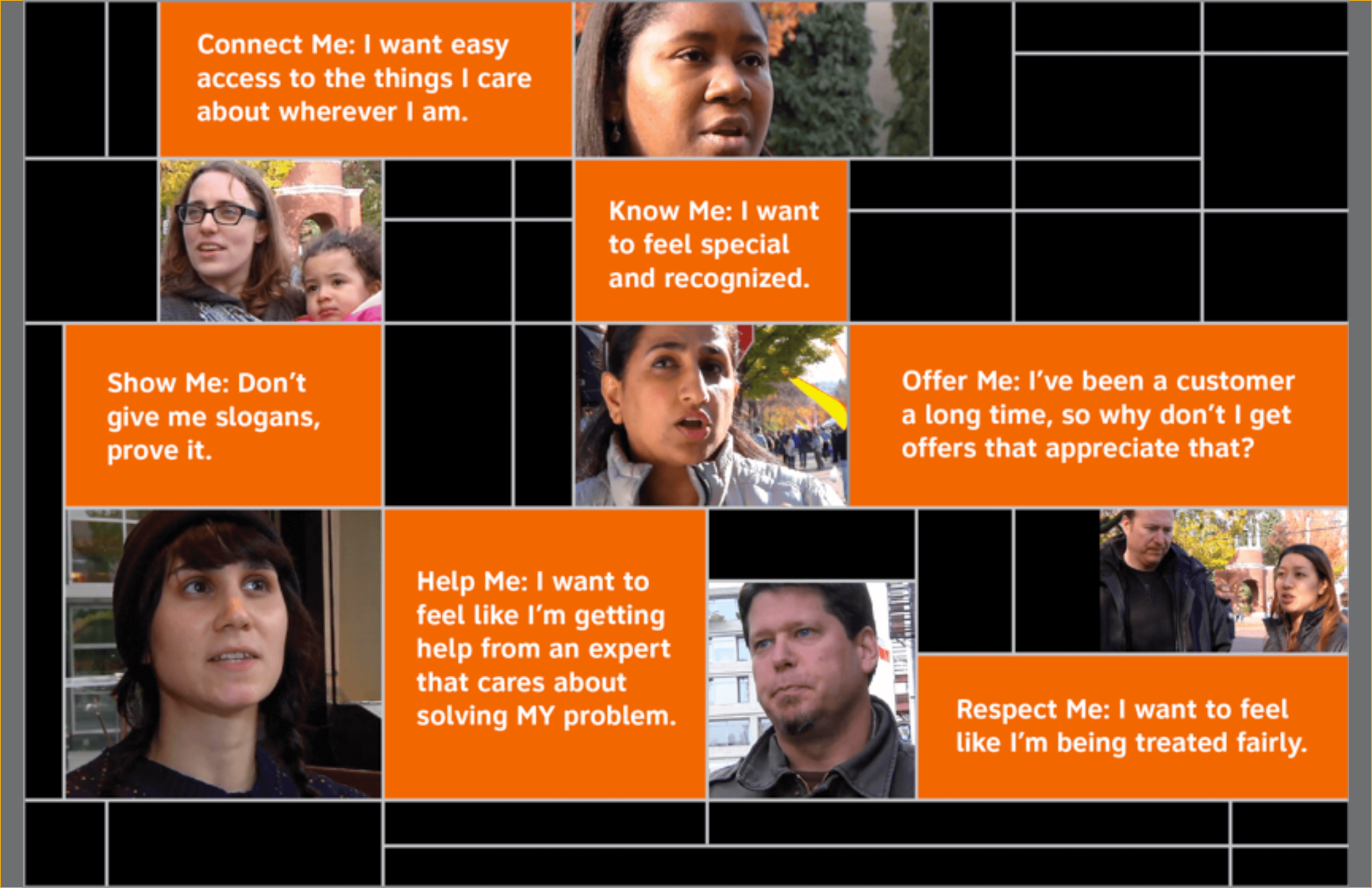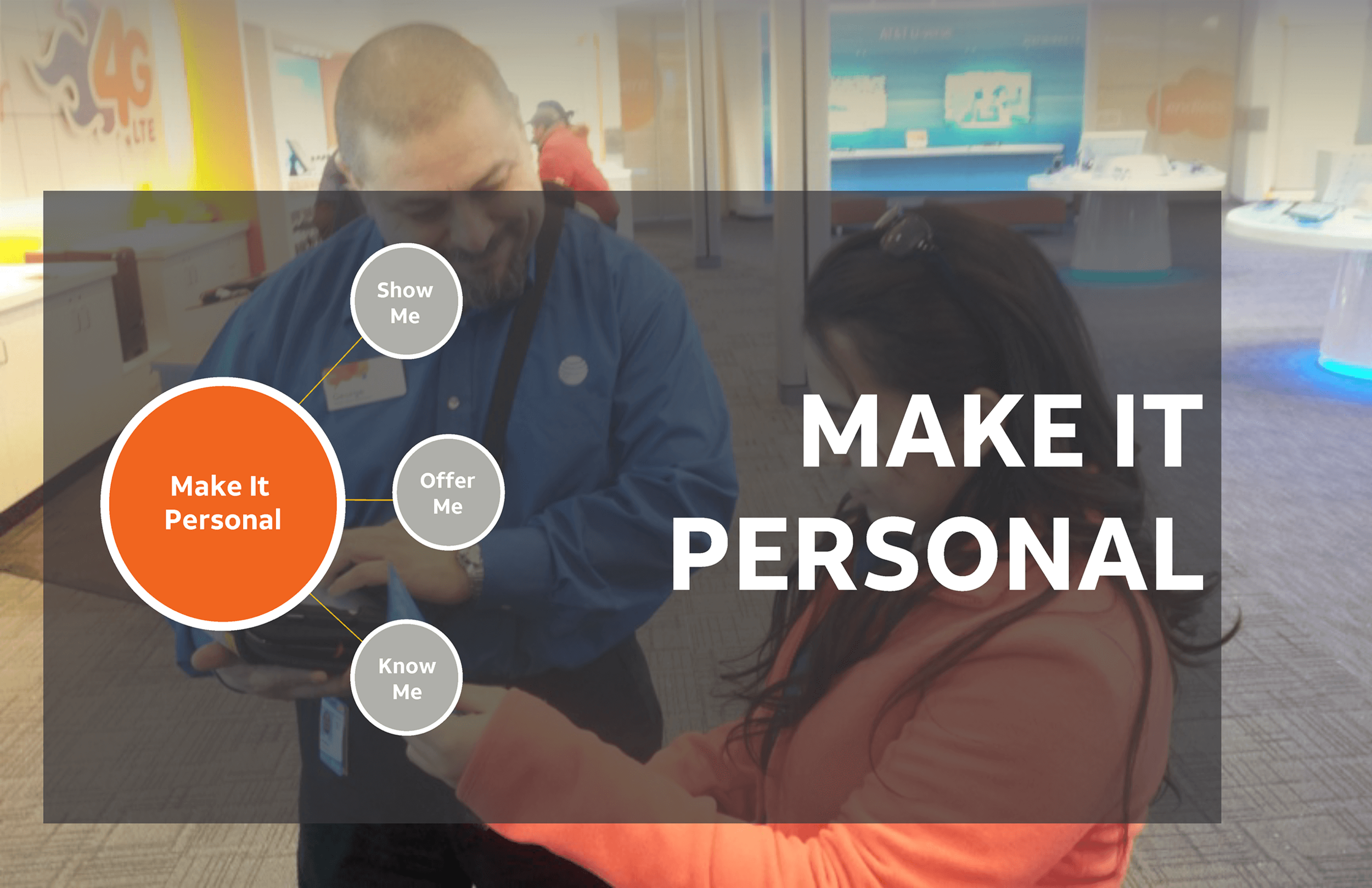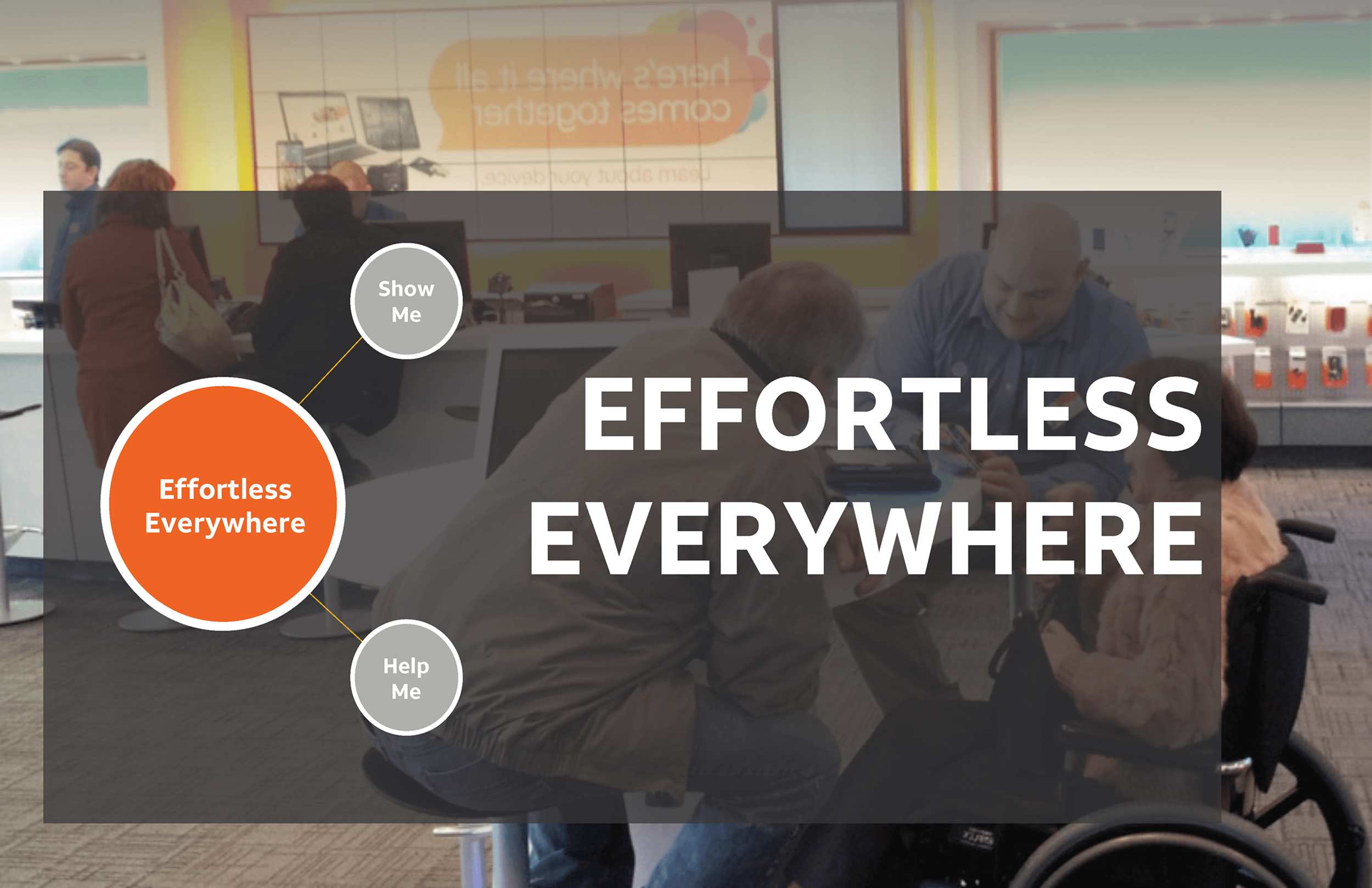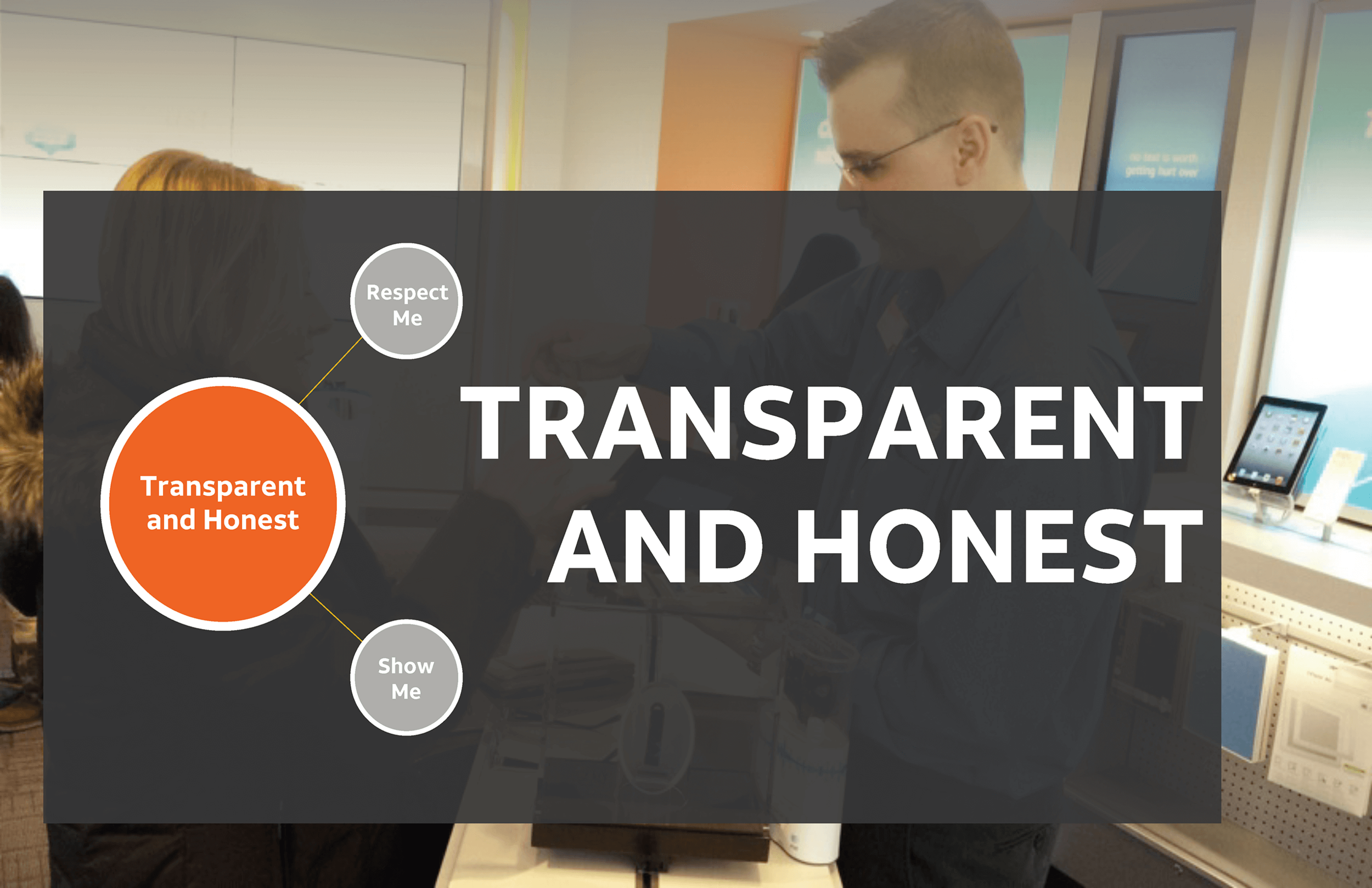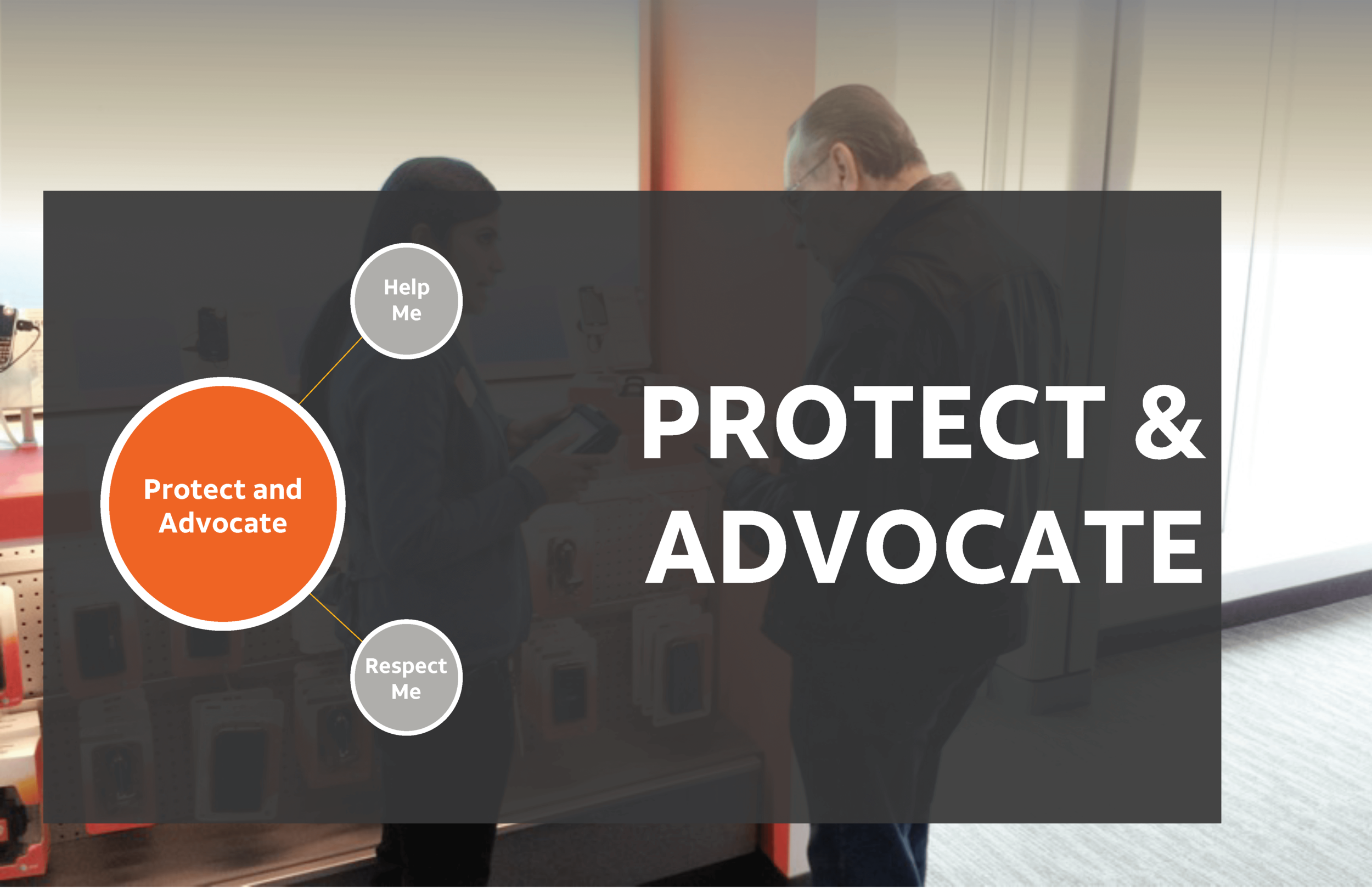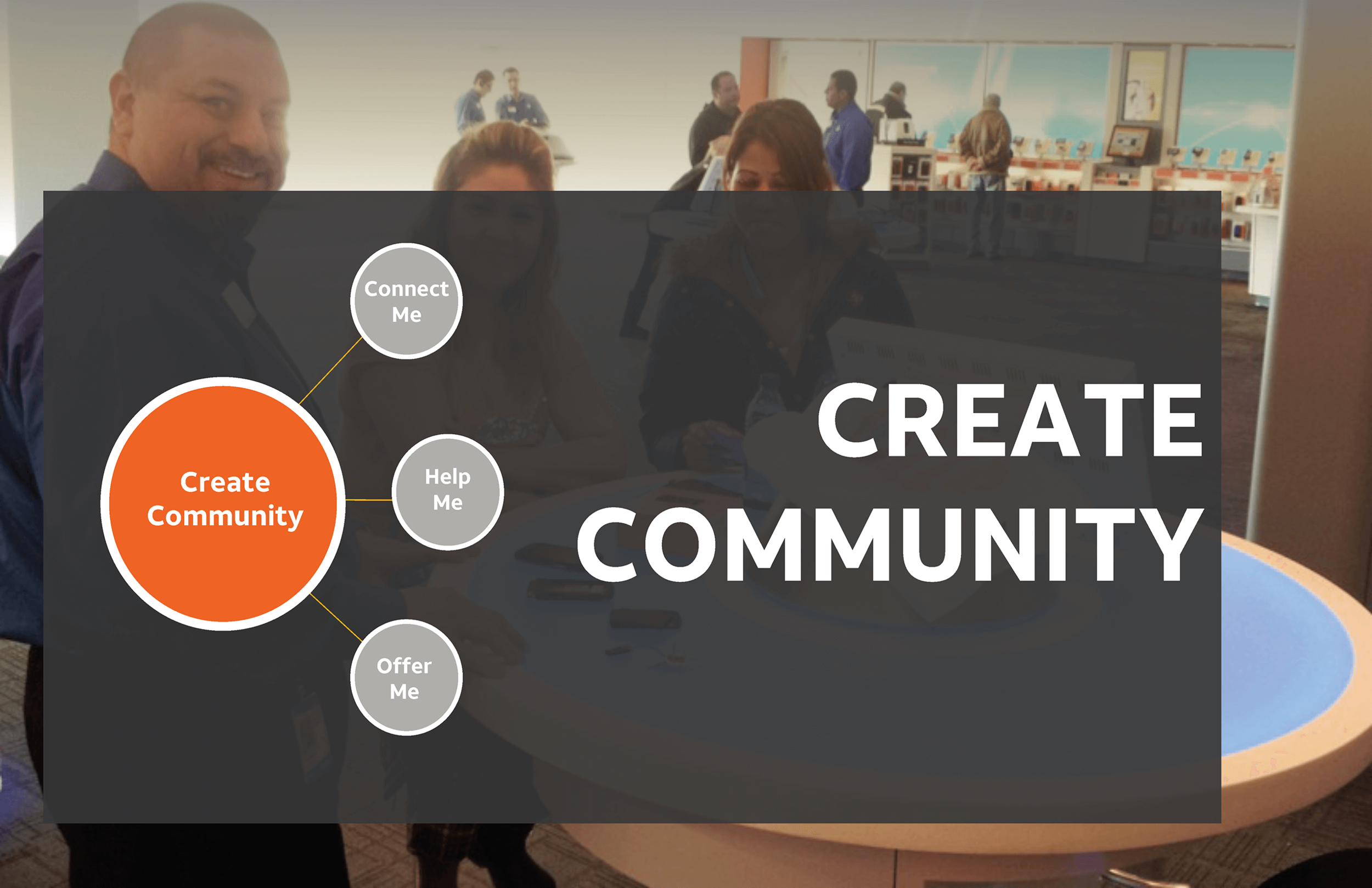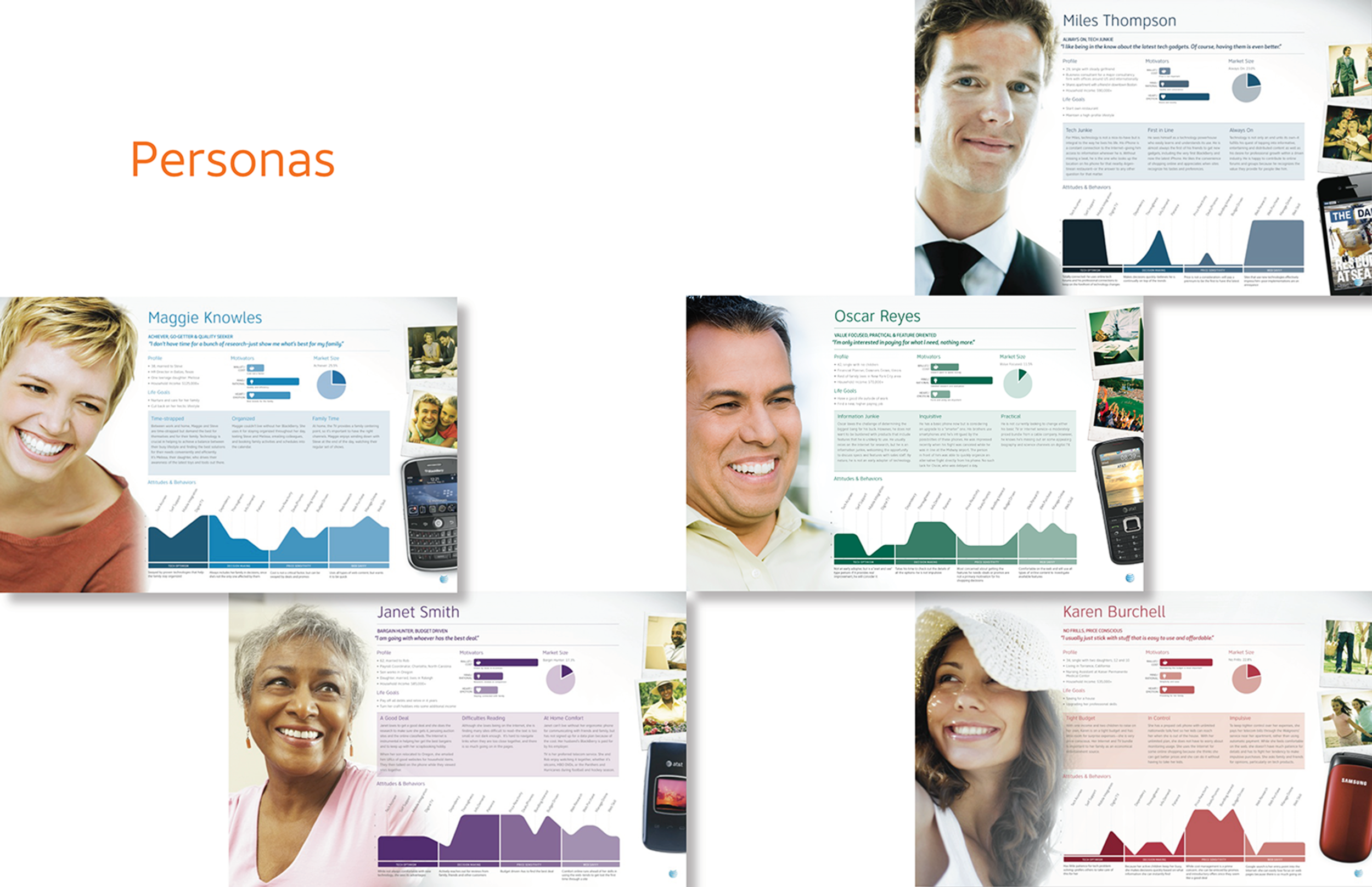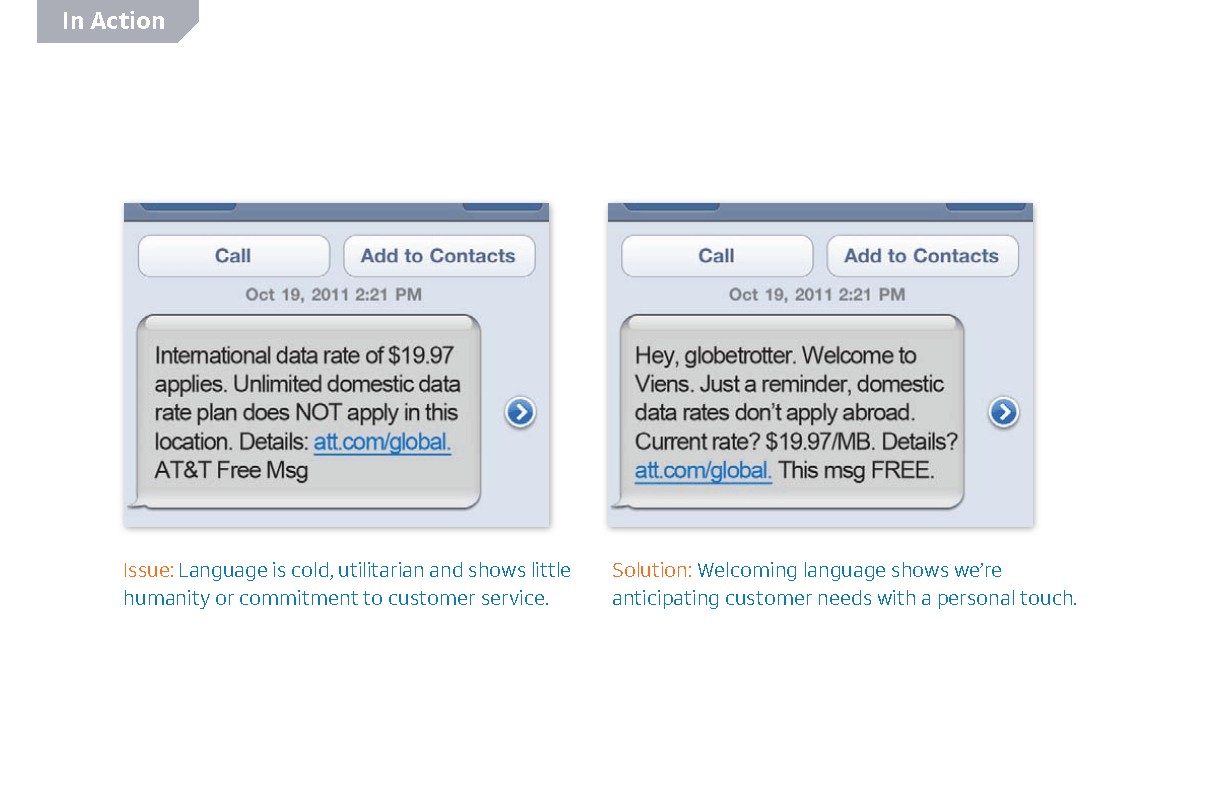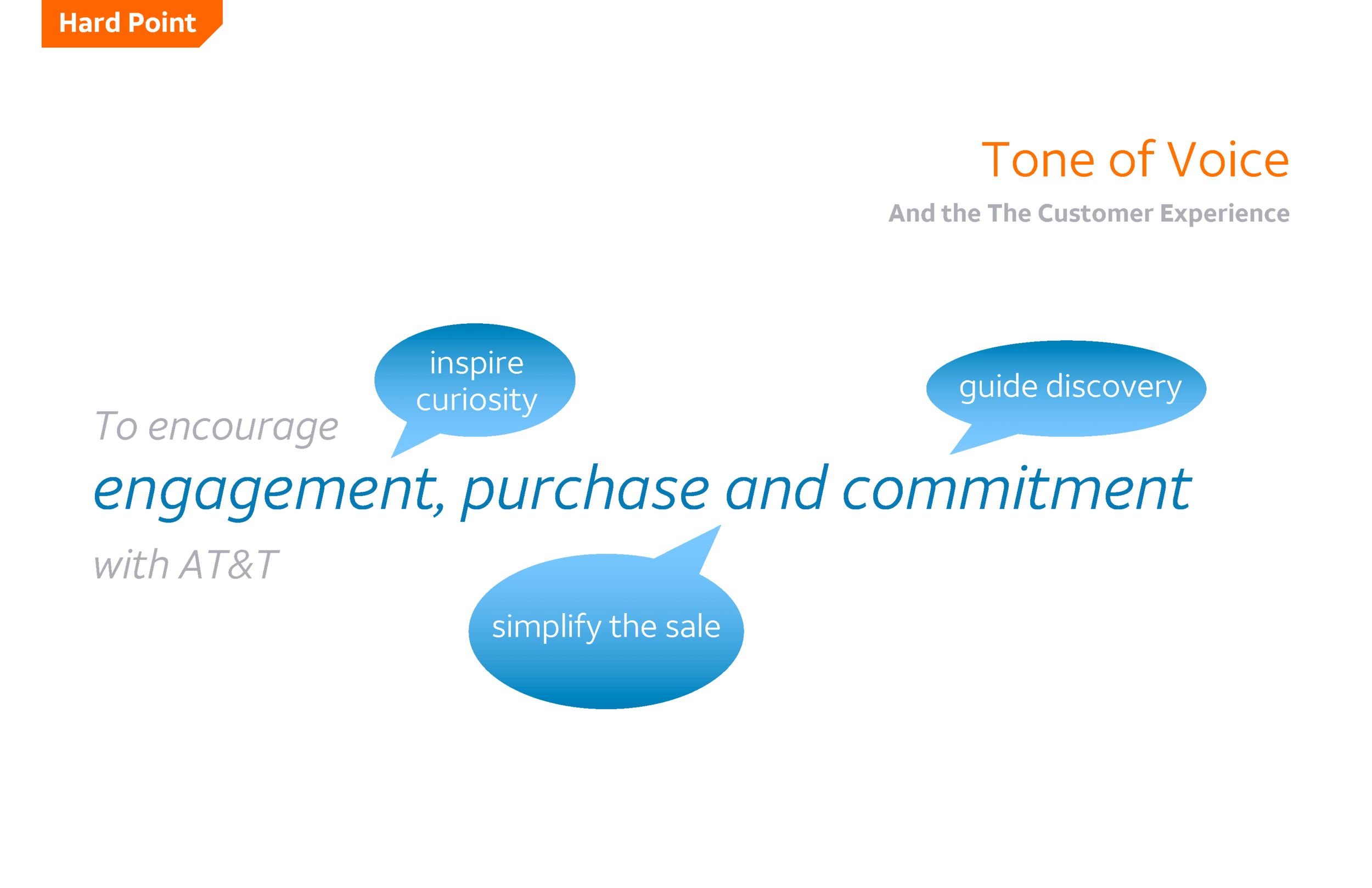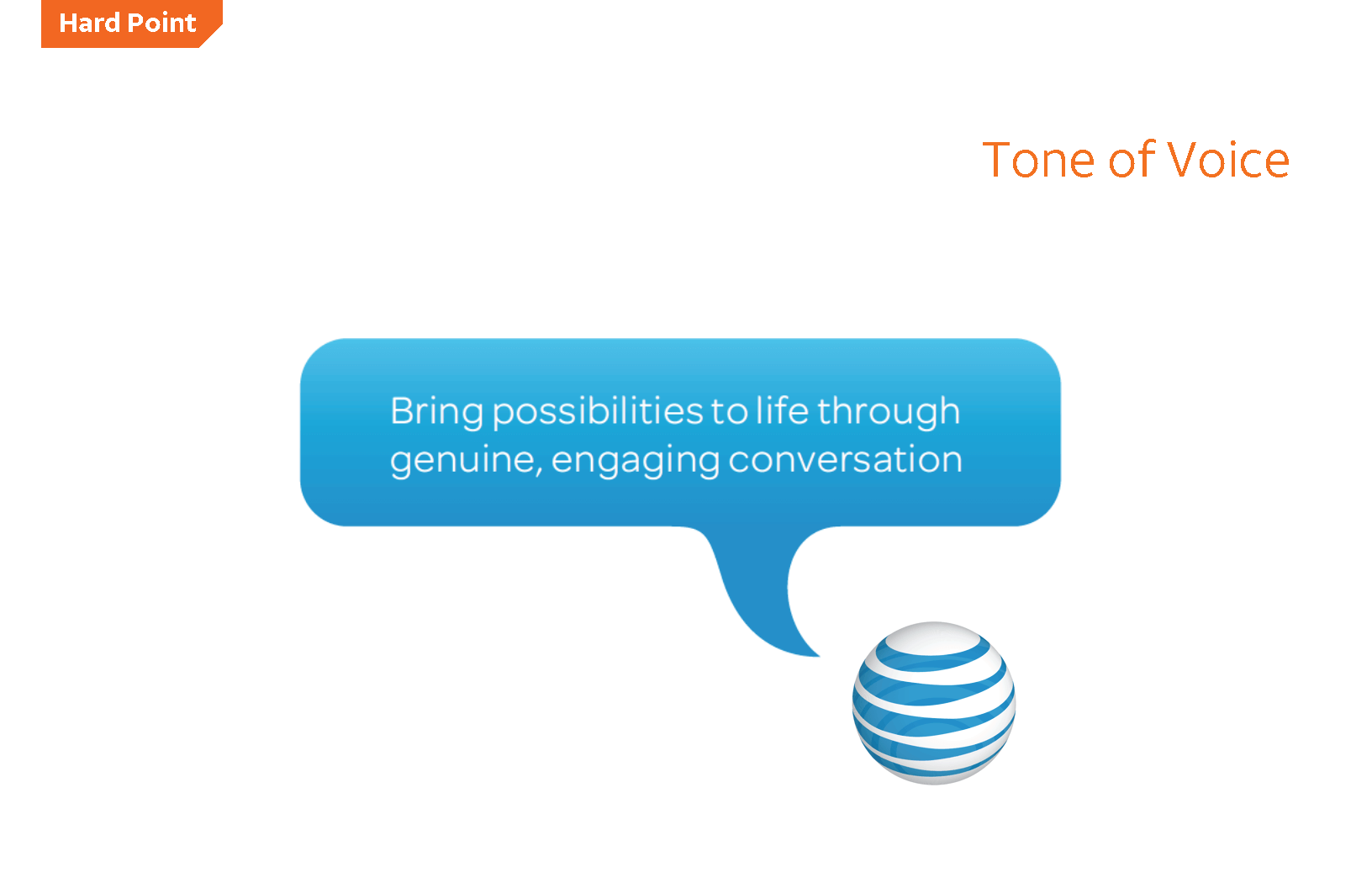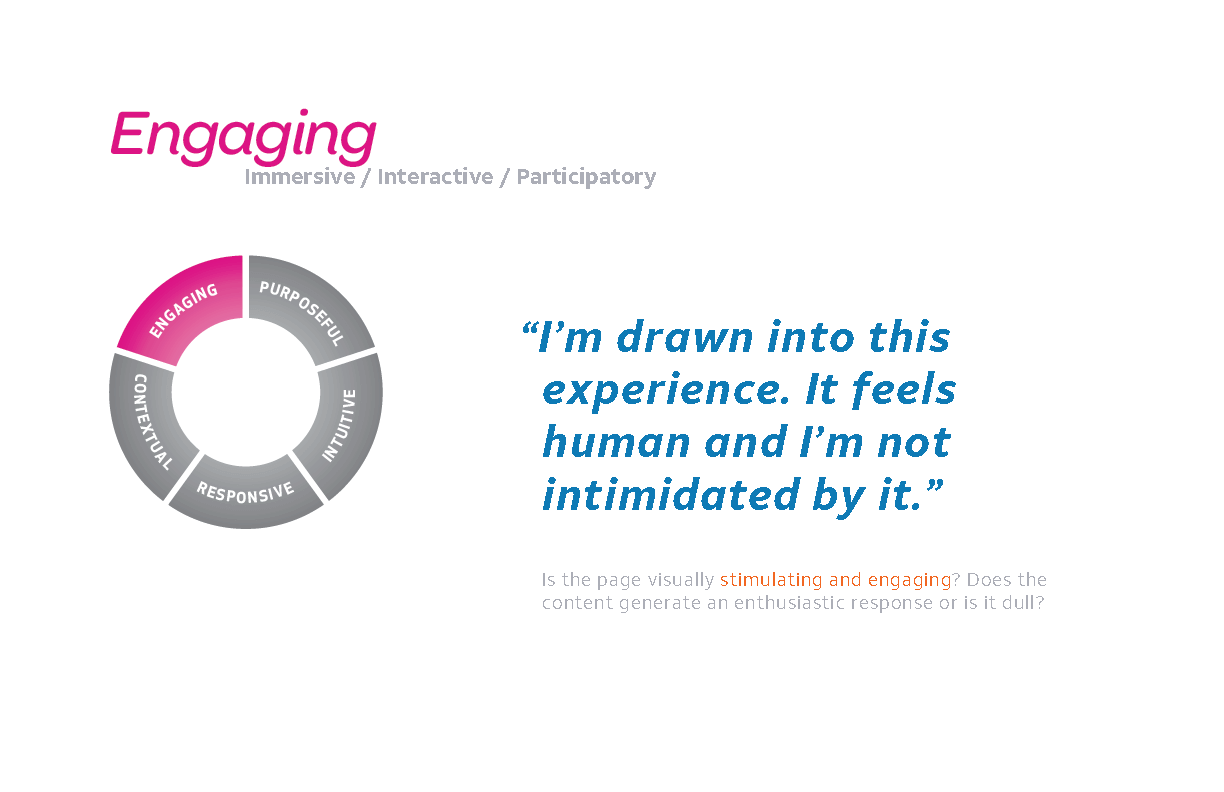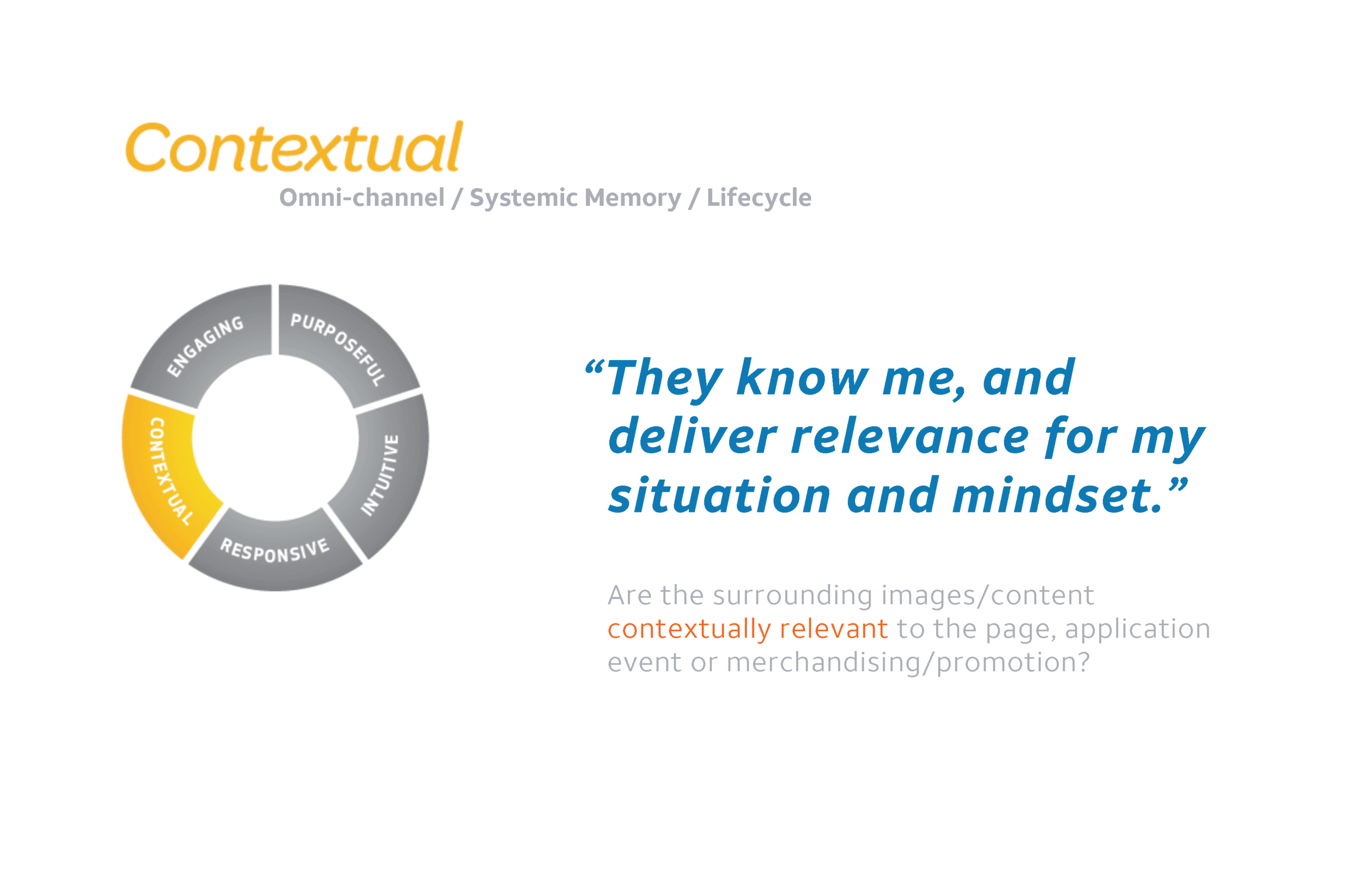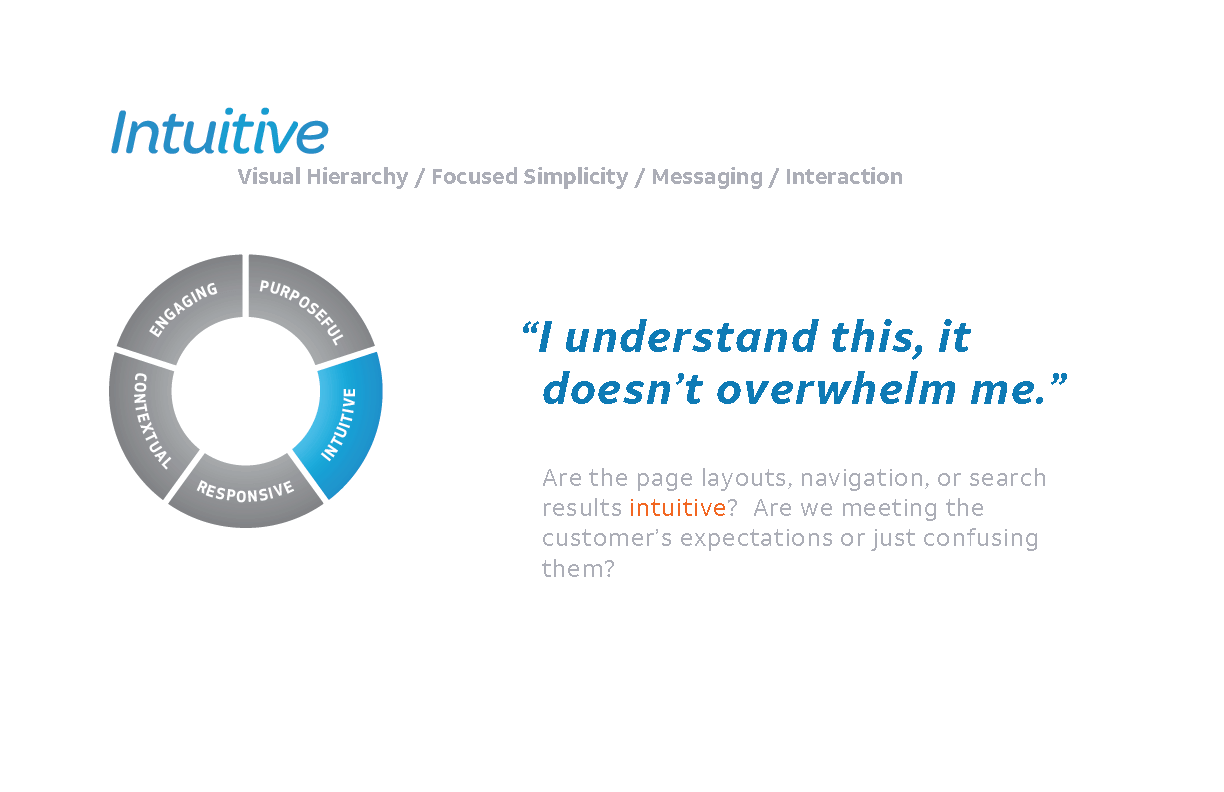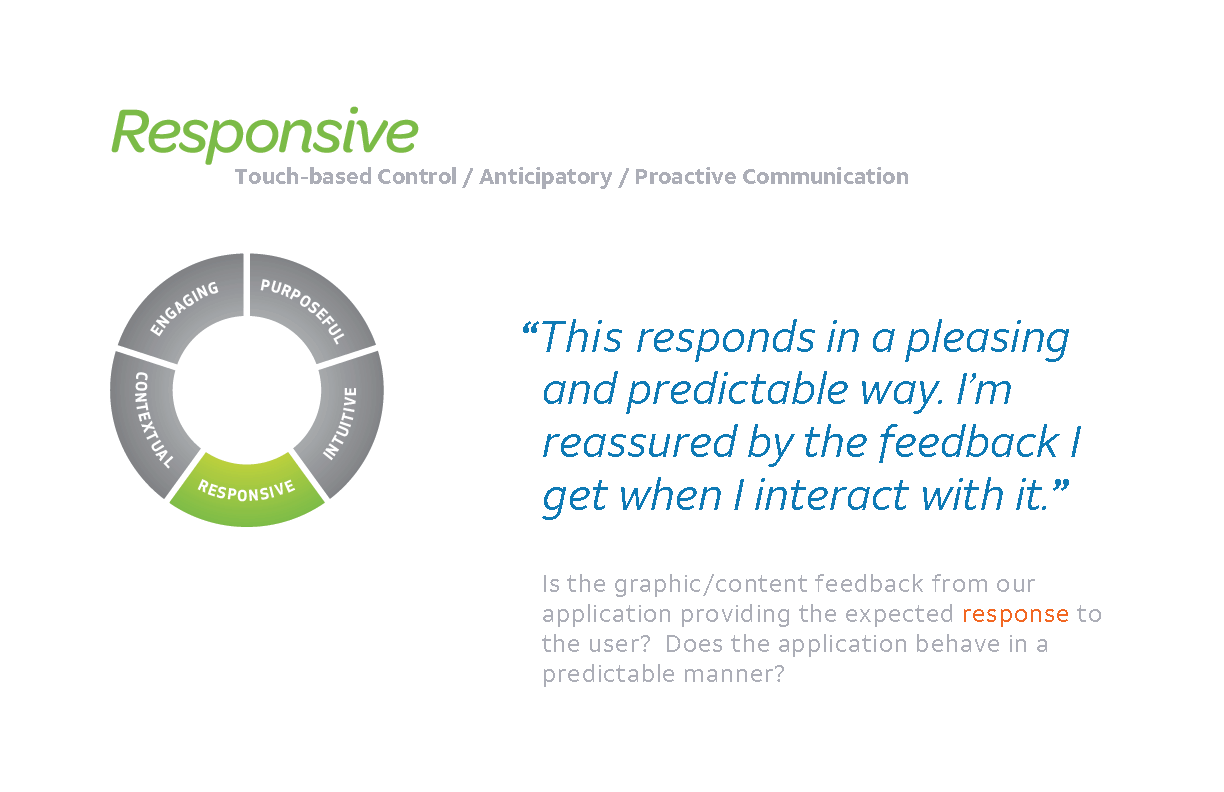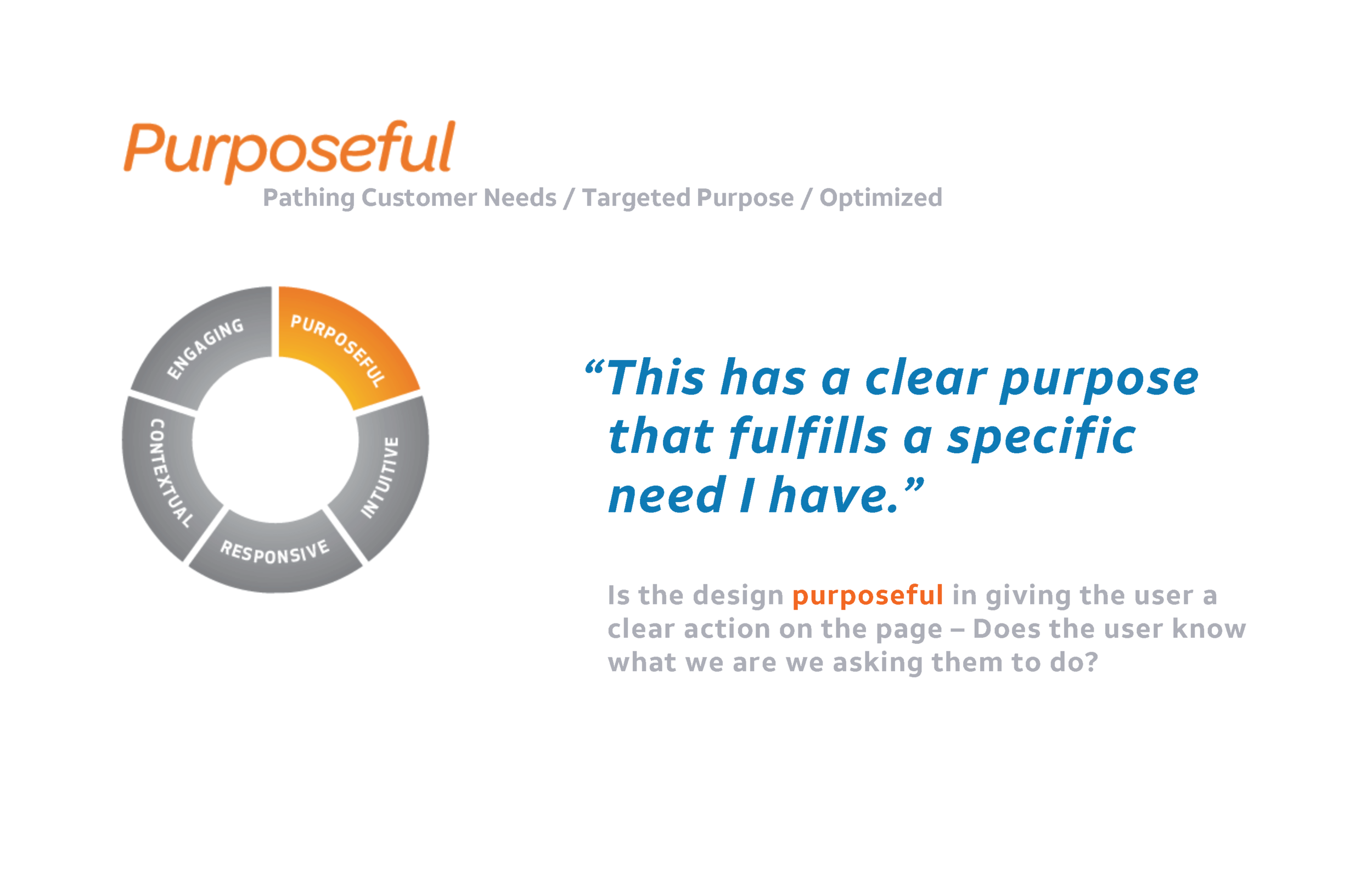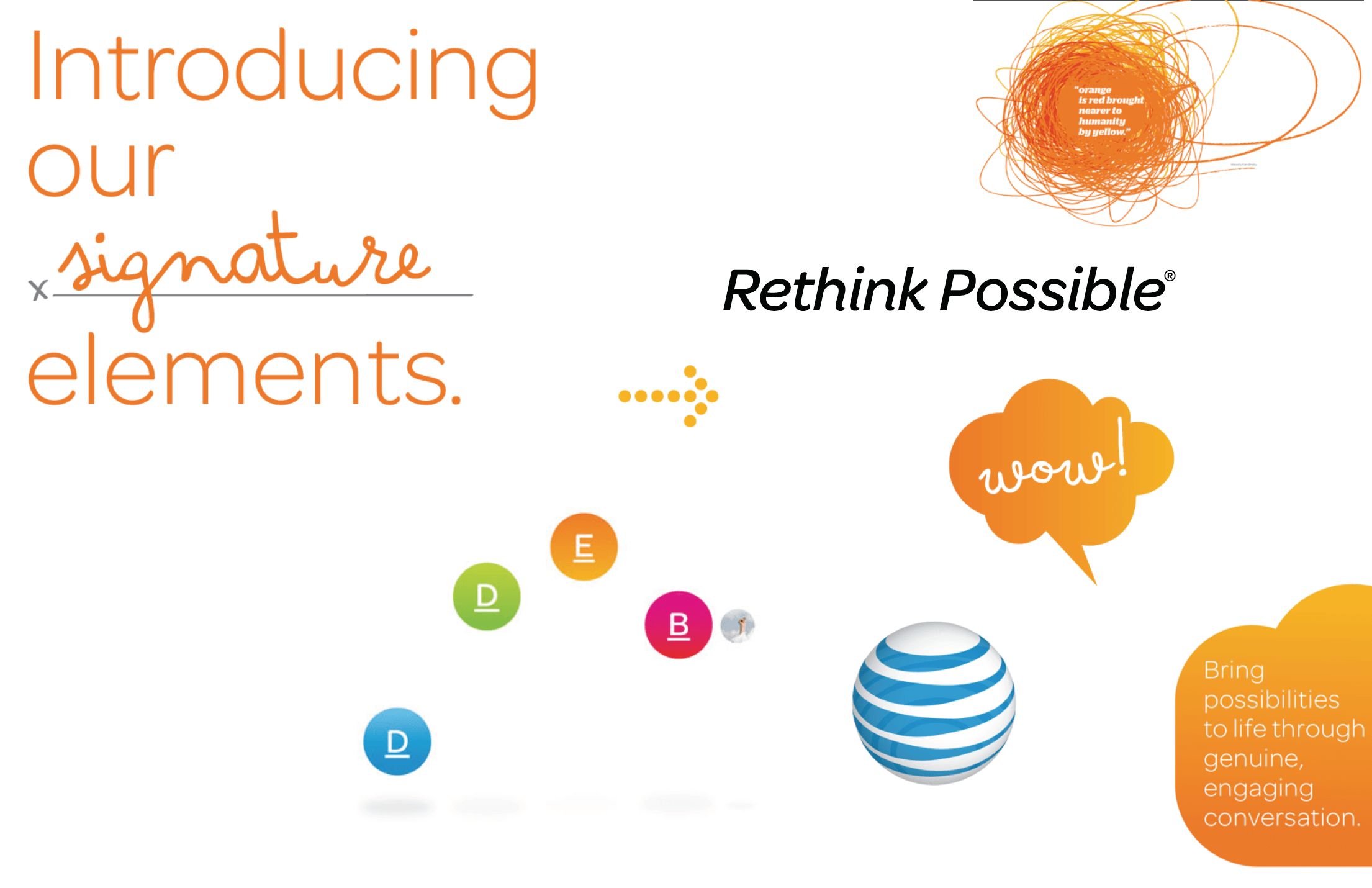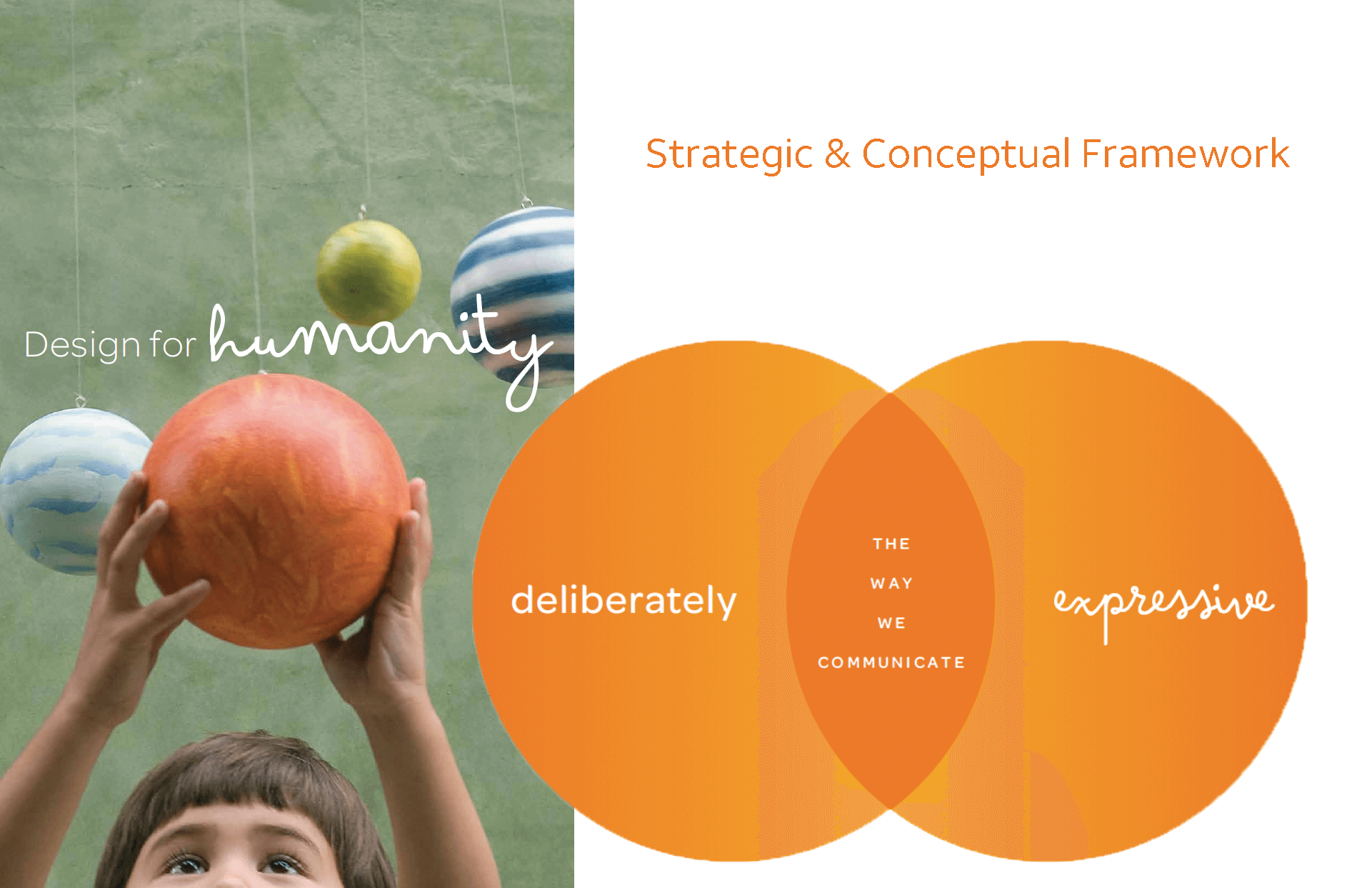Digital hard points
the intersection between customer, interface and the brand.
How do you tie together a fragmented design eco-system? How do align disparate design systems? How do you account for the impact of new technology? How do build a vision for the future state? And, more importantly, where do you start?
You start with the hard points. These are the fixed, global design standards that are applied across all digital experiences. They reflect the elements that are clearly recognizable by customers. They tie experiences together and make them part of a unified ecosystem. They are the immovable points that serve to define the experience.
This initiative evolved from a recognition that too many teams were building too many things in too many different ways. Technology was also moving to a pervasive, mobile, multi-channel, multi-screen world leading to conflicting and confusing systems that weren’t working for anyone, especially our customers.
Enter kidney grilles, quad headlights, roundels, and the ever important, Hofmeister kink. If you drive a BMW these may be familiar. These are the distinct design details that connect all BMW models across generation. They are what makes a BMW a BMW.
So, what’s a hard point?
Pervasive: A hard point must be a key element across multiple experiences. Does it cross over all properties: web, mobile, product, retail, etc.?
Essential: A hard point must be a fundamental or foundational part of the experience. Is it the same, similar, or a variation?
Impact: A hard point must influence, direct or reinforce a key aspect to the experience.
Essentially, a hard point reflects the intersection between customer, interface and the brand.
A framework for the digital experience and eco-system
Consistently communicate and connect consumers with the brand through a unified ecosystem of global design standards
Facilitate recognition and interaction with the brand
Improve operational efficiencies through global design standards
Improve alignment between business units
Create a cohesive customer experience strategy.
Informing the overall experience strategy.
The customer (persona, goals, behaviors, needs, wants) — who
The touch points (online, mobile/app, kiosk, corp comm, social) — where
The architecture (organization, structure, logic) — how
The content (visual, verbal, tasks) — what
The customer lens
The customer experience driven by emotion. Driven by wants and needs. How do we create the emotional experience customers want to feel? It starts with five simple principles — Make It Personal, Effortless Everywhere, Transparent and Honest, Protect and Advocate, and Create Community.
Hard points in action: tone of voice
From rhythm to punctuation, word choice to sentence length, the decisions we make when we write and speak help shape communication with customers. Tone of voice — genuine, authentic conversation — is just one of our digital hard points.
The interface lens
Hard points in action: design principles
Based upon the UX philosophy of Simple (Make it intuitive), Approachable (Make it human), and Considered (Make it intentional). We can use this criteria to inform and shape the key interfaces of the experience.
The brand lens
Hard points in action: signature elements
A digital north star to guide working with our brand elements. Each brand element reinforces how we present ourselves to the world — from the most recognizable symbol to type, color, and iconography.
What’s next?
By aiming the customer, interface, and brand lenses on the digital and customer experience, these critical hard points are revealed. These can now be used to inform, strengthen, and reinforce our work. We can use them to filter, guide, and evaluate design to ensure it aligns with the overall digital eco-system.
A few lessons learned….
Documentation alone is not enough. It requires constant advocacy, active governance, and tangible, measurable improvement.
Standards without code can’t be standards. Need to be integrated with a technology solution along with standardization of UI.
Incorporate education along with usage. Standards become standards with consistent application and usage. Awareness must be done in conjunction with understanding.
Funding and executive sponsorship are critical to make an organizational change.





